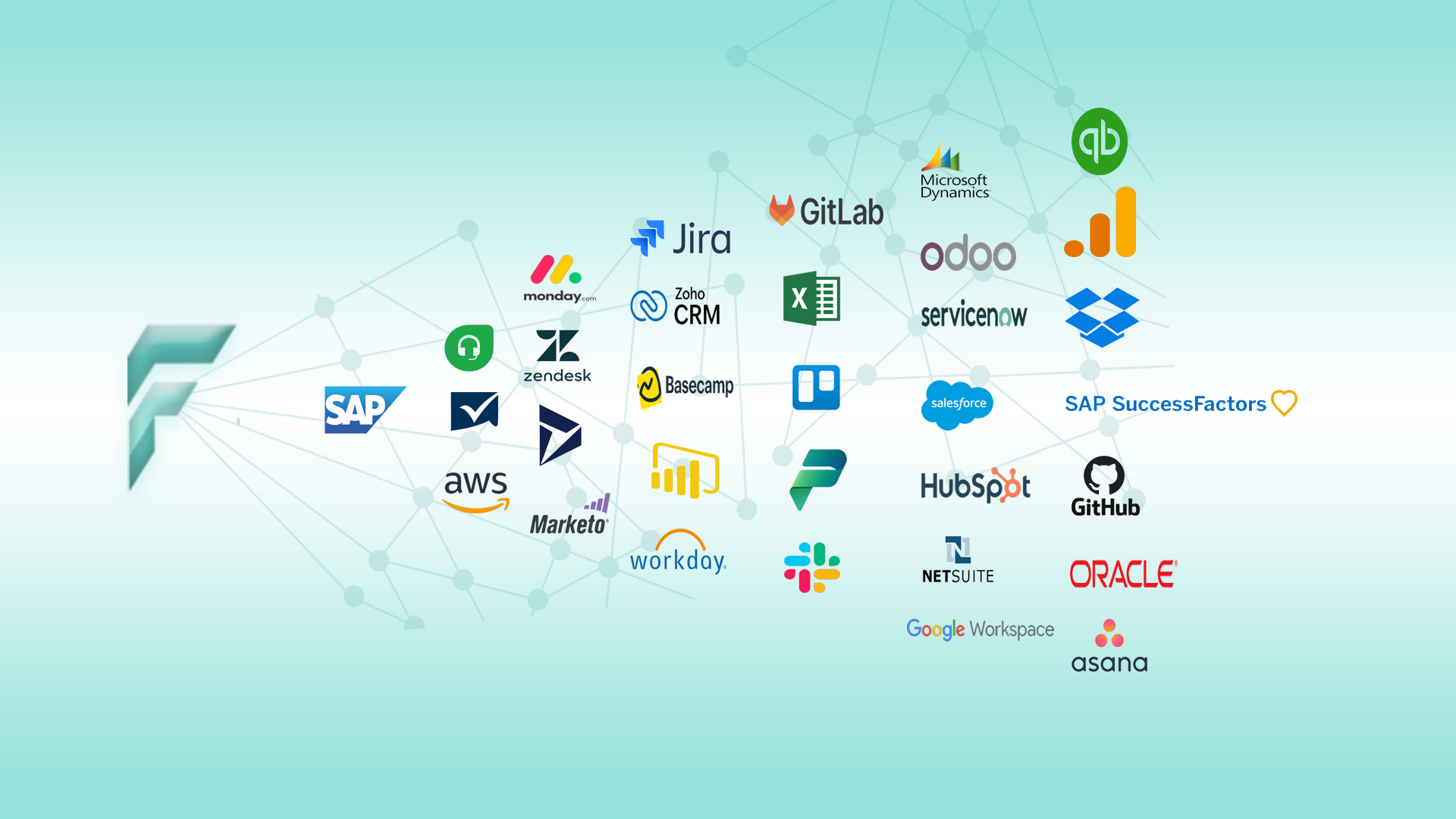SAP Workflow Automation Guide
Discover the ultimate guide to SAP workflow automation and business process management. Learn how automating workflows with SAP can enhance efficiency, streamline operations, and improve overall business performance.
Discover the ultimate guide to SAP workflow automation and business process management. Learn how automating workflows with SAP can enhance efficiency, streamline operations, and improve overall business performance.
Workflow automation is a powerful tool that helps businesses streamline their operations, improve efficiency, and reduce human error. With SAP workflow automation, businesses can automate complex processes, ensure compliance, and enhance collaboration. SAP’s workflow management tools provide the infrastructure for automating business processes across departments, helping organizations achieve better performance and increased productivity.

SAP Workflow Automation is a tool within the SAP ecosystem that allows businesses to automate their business processes, reducing the need for manual intervention. It provides the ability to create, manage, and monitor workflows within SAP applications. This system ensures that business tasks are executed efficiently, with automatic triggering of actions based on predefined rules and conditions.
By automating workflows, organizations can reduce administrative overhead, minimize human errors, and speed up processes. Whether it’s processing a purchase order, handling employee requests, or managing approvals, SAP Workflow Automation ensures smooth, consistent, and timely execution of tasks. SAP offers flexible integration with other SAP modules and third-party applications, making it a highly adaptable solution for businesses of all sizes.
SAP Workflow Automation includes a wide range of features designed to automate and streamline various business processes. Here are some key features:
At the core of SAP Workflow Automation is the ability to define workflows, assign tasks, and automate actions based on specific business rules. Here's how the process typically works:
The first step in SAP workflow automation is creating a workflow. This involves defining the sequence of tasks and the conditions under which they should be triggered. Workflow designers can use SAP’s graphical design tools to create processes without needing to write complex code. The design tools allow users to define conditions, decisions, approvals, and notifications as part of the workflow.
Once the workflow is defined, SAP automatically assigns tasks to the appropriate users or groups. Task assignments can be based on various criteria, such as user roles, location, or department. SAP ensures that each task is sent to the right person at the right time, reducing the chances of bottlenecks and delays.
As tasks are triggered within the workflow, the users involved are notified and can start working on the task. SAP workflow automation can also integrate with external systems, ensuring that data is shared automatically between different applications and systems in real time.
Managers can monitor the progress of workflows in real time through SAP’s reporting and analytics tools. They can track the status of individual tasks, identify delays, and assess the overall efficiency of the workflow. This data can then be used to optimize workflows and make improvements to business processes.
By leveraging SAP Workflow Automation, organizations can unlock a wide range of benefits that enhance both operational efficiency and business performance. Below are some of the most significant benefits:
SAP workflow automation is applicable across various industries and business functions. Below are some common use cases:
In procurement, SAP workflow automation can streamline tasks such as purchase order creation, supplier approval, and invoice processing. With automated workflows, purchase orders are created based on predefined criteria, and approval processes can be routed to the right department or individual automatically, ensuring timely and accurate procurement operations.
HR departments can automate employee onboarding processes, ensuring that new hires receive the necessary documentation, benefits enrollment, and access to systems in a timely manner. SAP workflows can route approval tasks, such as setting up IT access or approving training programs, to the appropriate individuals.
Automating invoice and payment approval workflows reduces delays in processing and ensures that payments are made on time. SAP workflow can route invoices to the relevant department for approval and initiate payment processes once approved, reducing administrative workload and improving cash flow management.
SAP workflow automation can be used to manage customer service requests, ensuring that each request is assigned to the correct team member. Workflows can automatically route tasks such as issue resolution, escalations, and follow-up to ensure a timely response, improving customer satisfaction.
While SAP workflow automation provides numerous benefits, there are also challenges that organizations may face when implementing these solutions:

Choose F12 Technologies for industry-leading mobile app solutions designed to boost engagement, efficiency, and growth for your business.
We tailor our services to meet your specific requirements, ensuring innovative and impactful solutions that help you achieve your goals.
Contact Us